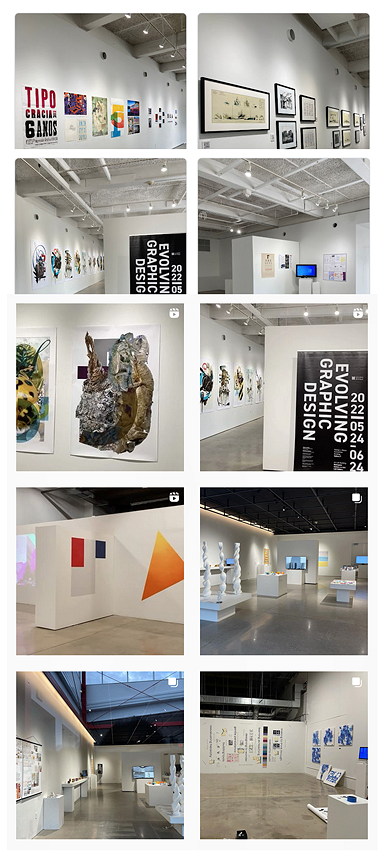 |
| Mary Garden |
We were thrilled [having been given tickets to attend a performance of Le Jongleur, an opera starring the famous soprano Mary Garden]…we had never seen it, longed to do so, had not been able to afford seats. The performance outstripped even our expectation; Mary Garden was an exceptionally skilled actress as well as an exceptionally fine singer. She was also a first-rate “trooper.” The market scene came to an end; the stage was being cleared for her entrance, the crowd dispersing; suddenly in the very center of the stage a donkey refused to budge, straddled his legs and performed an act which had been rehearsed. The audience grasped, then rocked with laughter; the donkey, satisfied, made an effective exit. Mary Garden entered upstage center, seemed not even to glance at the spot where she would otherwise have stood, crossed down a little to the left of it and began to sing. In one second there was not a sound from that crowded house.










